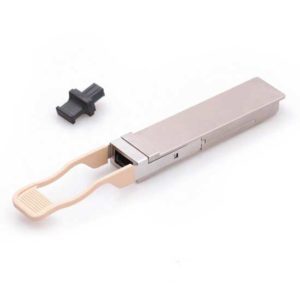4 Major Trends Driving the Widespread Growth of AI

The rapid evolution of Artificial Intelligence (AI) is revolutionizing industries from healthcare to manufacturing. As AI adoption accelerates, four major trends—powered by innovations like fiber optic products—are defining its impact:
Edge Computing: Real-Time AI at the Source
Edge computing processes data near its origin, slashing latency for time-sensitive applications like autonomous vehicles and smart factories. Fiber optics enable this shift by providing:
High-speed bandwidth for massive data transfers.
Low-latency connectivity critical for real-time analytics.
Long-distance reliability to maintain signal integrity.
Advanced Machine Learning Models
Sophisticated AI models (e.g., deep learning) now excel in tasks like image recognition and language processing. Training these models demands seamless data flow between servers—a challenge solved by fiber optic networks, which:
Transfer terabytes of training data rapidly.
Support distributed computing across global data centers.
Cloud-Based AI Services
Cloud platforms democratize AI access, offering scalable solutions for businesses. Fiber optic infrastructure underpins this growth by:
Ensuring ultra-fast links between users and cloud servers.
Handling surges in data traffic for AI tools like chatbots and analytics.
Industry Automation with AI

AI-driven automation boosts efficiency in logistics, manufacturing, and healthcare. Reliable communication is key—fiber optics deliver:
Stable, high-volume data transmission for IoT devices.
Instant feedback loops for robotic systems.
TARLUZ’s optical products For AI applications

TARLUZ’s optical products play a critical role in supporting AI applications, providing high-speed data transmission, low latency, and reliable connectivity essential for AI-powered systems. Our fiber optic cables, optical modules, and other optical solutions ensure that AI systems can operate efficiently and handle large-scale data processing, real-time analytics, and complex computations.
| Multimode transceivers | Single mode transceivers |
|---|---|
| 400G OSFP SR4 | 400G QSFP DR4 |
| 800G OSFP SR8/2xSR4 | 400G OSFP DR4 |
| 400G OSFP SR8 | 400G OSFP FR4 |
| VSFF Patch Cord | 400G QSFP FR4 |
| 800G OSFP 2xFR4 | |
| 400G QSFP XDR4 |
In Conclusion
AI is set to transform how we interact with technology and each other. As advancements in AI, edge computing, machine learning, cloud services, and automation accelerate, fiber optic products will be crucial in supporting the infrastructure behind these innovations. High-speed, low-latency fiber optic networks are essential for optimal AI performance, driving AI’s growth across industries and reshaping business operations. As AI continues to expand, fiber optics will remain a key enabler of its success.


